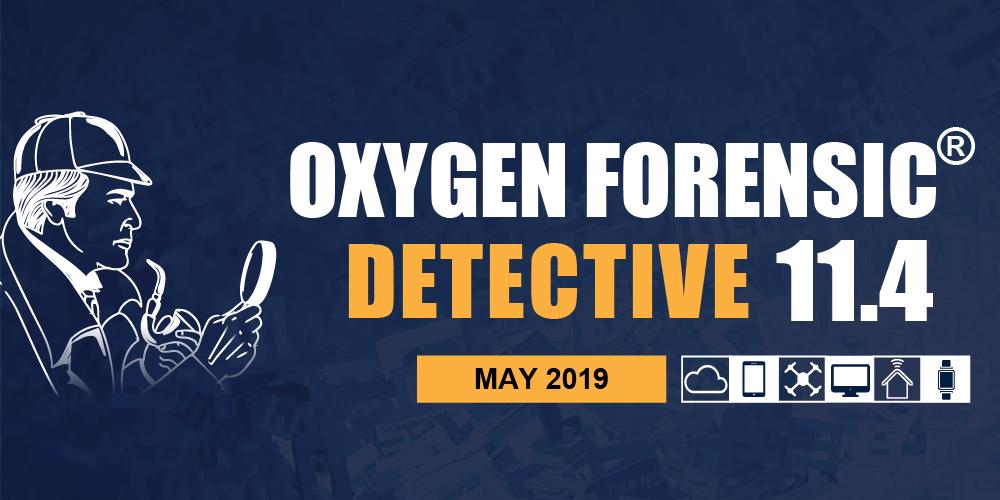
Shown to produce information directly from many polar and non-polar surface materials (skin, intact fruit for pesticide residue detection, etc) without the need for sample preparation. Analogous to MALDI using an ESI probe aimed at about 50 o incident angle to the surface allowing ions to chemically sputter and be admitted to the mass spectrometer. See also McEwen's work listed under Atmospheric GC and ASAP.ĭESI (desorption electrospray ionization) - first described by Graham Cooks in 2002 as a means of producing soft secondary ions from (typically) an inert substrate surface.

That is, metastable ions are formed by a plasma and transported by heated nitrogen gas directed at the target. A sample is placed on a substrate and bombarded by energized particles formed in a process similar to APCI. See electron ionization.ĭART (direct analysis real time) - developed by Robert Cody and others in 2002 similar to DESI in application although more closely related to APCI in function. See the MS Primer sections on "Quantitation and Calibration"ĬI (chemical ionization) - collisions induced at low vacuum (0.4 torr) by the introduction of a reagent for the purpose of enhancing the production of molecular ions and often sensitivity as this is a much lower energy process than electron impact ionization fragmentation is reduced and it is often referred to as a soft ionization technique. The calibration table is then the basis for the mass-to-charge ratios passed by the quads to be assigned a specific value. After comparing the acquired signal to a reference file, a calibration look-up table is created in the software.
#Oxygen forensic acquisition software
Mode of ionization can be either APCI or APPI.Ītmospheric Pressure Photoionization (APPI) - developed in the 1980s but commercialized after 2000 when krypton gas lamps were found to generate sufficient photon energy at 10 eV (approximately) to ionize non-polar analytes such as PAHs and steroids not typically amenable to ESI and APCI ionization.īase peak - usually the most intense peak in the spectrum to which others are compared in ionization techniques which give extensive structural information such as EI the base peak may not be the parent or molecular ion.Ĭalibration - substances of known mass are introduced usually as a constant flowing stream while the mass spectrometer software acquires a signal for a given set of filtering conditions (i.e., RF/DC ratio for a quadrupole instrument). This provides an easy and fast change over from ESI to GC for compounds that would be best analyzed by GC. Using a heated transfer line a standard GC effluent can be introduced to a standard API (or ESI/APCI) source on a mass spectrometer. Heating a probe through which the LC or solvent stream passes creates the aerosol.Ītmospheric gas chromatography - developed by Charles McEwen at DuPont in 2002. APCI provides a current on a sharp pin, positioned in the on-coming aerosol stream, to create a plasma of metastable ions from the solvent itself and transfer the charge from these ions to the analyte as it passes through the plasma. See also DART and DESI.Ītmospheric Pressure Ionization (API) - the term used to refer generally to techniques such as electrospray (ESI) and atmospheric pressure chemical ionization (APCI) and others that operate at atmospheric pressure.Ītmospheric Pressure Chemical Ionization (APCI) - originally called solvent-mediated electrospray it is more often successfully applied to neutral molecules that don't ionize easily directly out of solution. Relatively unambiguous identifications can be made of individual compounds from complex mixtures at low levels using accurate mass instruments. The heat volatilizes a surprisingly large number of samples and ions are formed by charge exchange with metastable ions created by the APCI plasma.

The signal for all ions resulting from the fragmentation of a single analyte or compounds compared to a base peak (the relative abundance of each ion) is used to determine the fit of a fragmented pattern to a library spectrum for positive identification.ĪSAP (atmospheric solids analysis probe) - based on work by Horning in the 1970s this form of sample ionization developed by McEwen and McKay uses a standard APCI plasma but forms ions by placing the sample in a heated nitrogen stream. The following list of terms is derived from common usage throughout the industry as an adjunct to the discussions in this primer and includes terms and techniques no longer in common usage.Ībundance - when viewed as similar to absorbance displayed on a UV detector the vertical increase in signal above background indicates an increased occurrence of that particular ion (when the x axis is calibrated in mass units) or total ions present (when the horizontal axis is calibrated in time or scans).


 0 kommentar(er)
0 kommentar(er)
